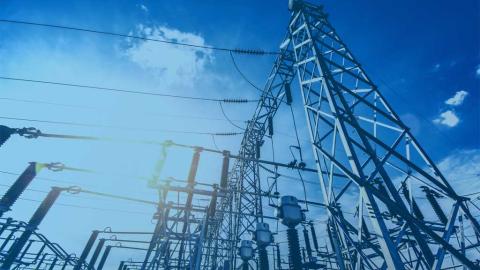Giant data centers are being planned and built across the world to support AI, with successful projects forming the backbone of a huge expansion in capacity. But many are also uncertain, indicating risks and persistent headwinds.
filters
Explore All Topics
Japan is expected to issue data center regulations in 2026: data centers that do not meet a 1.4 PUE limit will face penalties. However, enterprise data centers appear to have evaded the stipulations.
Enterprise and colocation operators continue to invest in growth heading into 2026. However, survey results suggest that strategies for balancing IT, capacity and workforce spending will diverge in the year ahead.
A last-minute revision to the European Commission’s plans to simplify regulations has brought some companies back under the scope for CSRD reporting.
Meeting the stringent technical and commercial standards for UPS energy storage applications takes time and investment — during which Li-ion technology keeps evolving. With Natron gone, will ZincFive be able to take the opportunity?
Uptime Institute's 2025 Service Providers and Capacity Survey (n=872) benchmarks the industry in the areas of public cloud, capacity in owned data centers, and capacity in colocation facilities.The attached data files below provide full results of…
Data4 needed to test how to build and commission liquid-cooled high-capacity racks before offering them to customers. The operator used a proof-of-concept test to develop an industrialized version, which is now in commercial operation.
Competition for grid power is increasing; data center operators need to use reserved grid power responsibly — to support business objectives, maintain strong relationships with authorities and avoid negative publicity.
Not all AI is the same; yet broad marketing claims often blur the line between automation and real intelligence. Understanding which AI types truly pose risks is essential in diminishing operator skepticism and fears of hallucinations.
The updated model projects a doubling of power consumption by the end of 2026, with IT loads serving generative AI workloads breaking through 10 GW of capacity.
Operators report fewer supply chain disruptions in 2025, but delays remain common. Access to key equipment and progress on capital projects still vary by region and segment, even as demand continues to add pressure.
Enhanced geothermal systems use advanced drilling and hydrofracturing techniques to access geothermal energy in more locations. Some data centers may use enhanced geothermal energy for on-site, low-carbon power.
The European Commission published the final assessment of the data center label and minimum performance standards (MPS) in October. The final delegated act could require posting a label in 2026 or 2027, with MPS values likely to be 2 years away.
The proposed Scope 2 Guidance updates radically alter current accounting methodologies. These changes will complicate Scope 2 offset markets (e.g., EACs, RECs and GOs), adding unnecessary complexity and resource demands to Scope 2 accounting.
The European Parliament plans to simplify environmental reporting beyond what the Omnibus proposed in early 2025. Under the new reporting thresholds, only the largest 10% of companies would remain subject to CSDDD and CSRD requirements.
 John O'Brien
John O'Brien
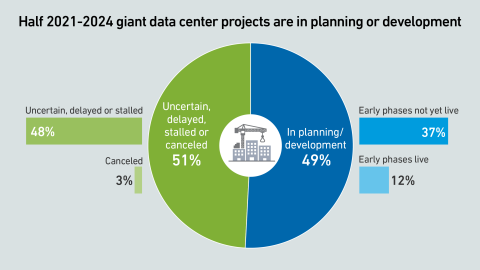
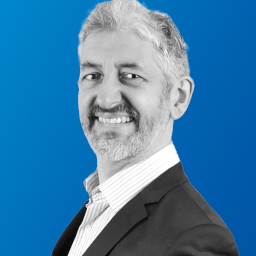 Peter Judge
Peter Judge
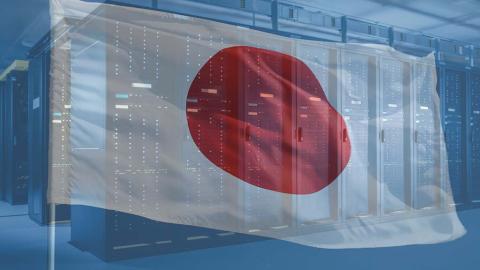
 Douglas Donnellan
Douglas Donnellan


 Daniel Bizo
Daniel Bizo
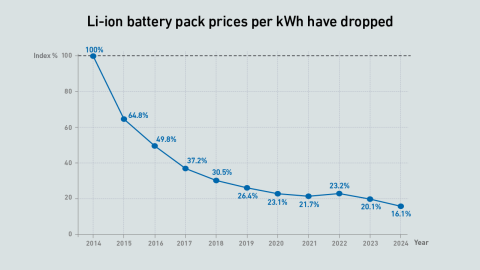
 Paul Carton
Paul Carton
 Anthony Sbarra
Anthony Sbarra
 Laurie Williams
Laurie Williams
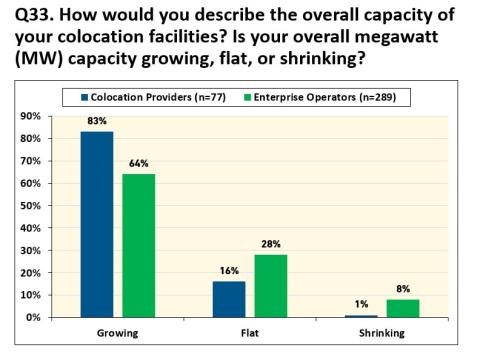

 Dr. Tomas Rahkonen
Dr. Tomas Rahkonen
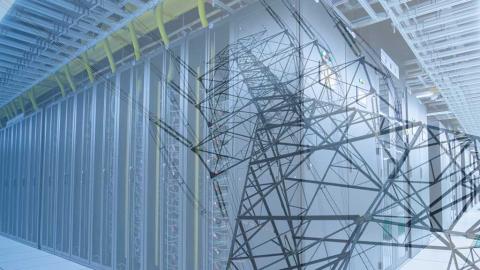
 Dr. Rand Talib
Dr. Rand Talib
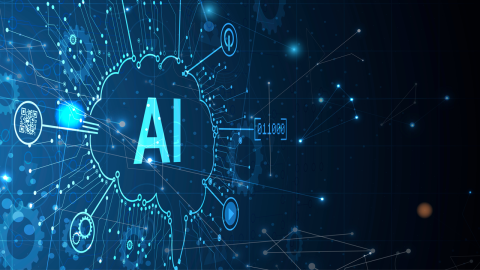
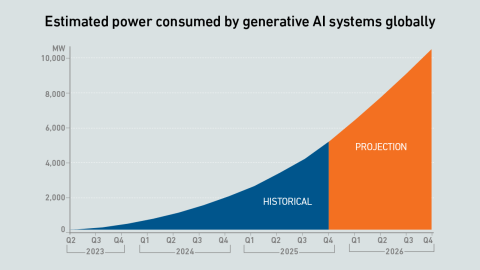
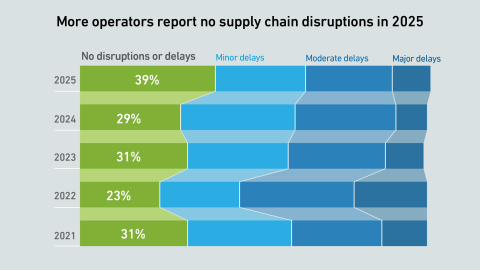
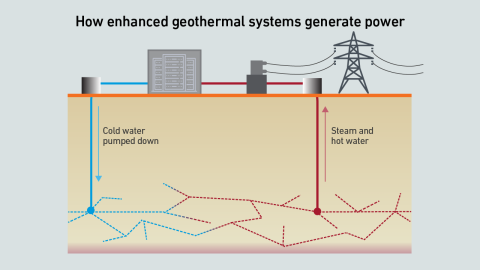
 Jay Dietrich
Jay Dietrich

